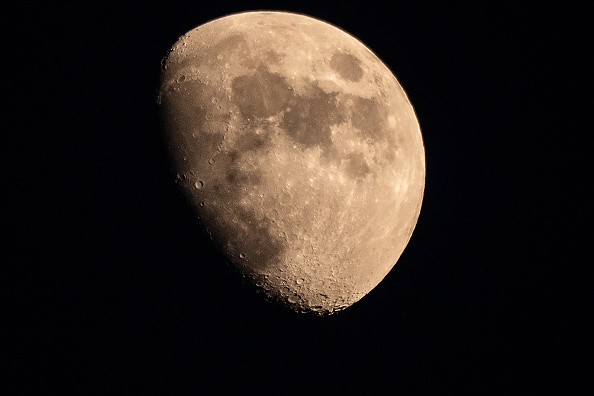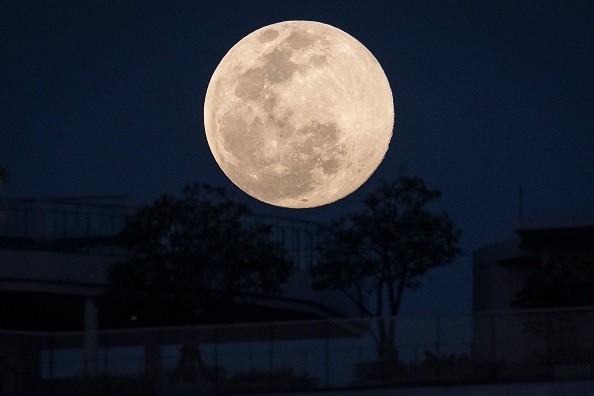Despite the fact that the Apollo missions have returned from the moon for half a century, scientists are still baffled by the lunar samples they brought back.

Formation of Lunar Rocks in the Presence of Geomagnetic Field
A powerful geomagnetic field, like the one on Earth, appears to have played a role in the formation of some of these rocks. There is no magnetosphere on the Moon today because it is too tiny and thick, frozen to the core.
When it comes to creating a geomagnetic field, the Moon's interior isn't teeming with electrically conducting material. Hence, it is strange that lunar rocks contradict what scientists believe.
It's plausible that the Moon's core was still slightly molten a few billion years ago, and that it didn't freeze over as soon as science assumed. Given the Moon's size, the strength of this field is unlikely to match what the surface rocks are telling, even if the field was sustained for a long period, according to Science Alert.
Lunar liquid may have remained in its belly for extended periods of time if the Moon had been wobbling more frequently. The Moon's energy may have been boosted by the constant bombardment of meteorites.
For a while, researchers have considered a fresh approach to the matter, arguing that some areas of the lunar surface had been subjected to brief, concentrated bursts of powerful magnetic activity.
Also Read : China's Moon Rocks Prove Existence of Lava Flowing on the Moon's Surface 1.97 billion Years Ago
The Moon's Magnetic Activities
A research team from Stanford and Brown University has developed a model to explain how these powerful but short-lived phenomena emerge. Planetary scientist Alexander Evans suggests that instead of thinking about how to power a powerful magnetic field constantly over billions of years, there may be an occasional technique to produce a high-intensity field.
Scientists have developed a model that explains how this could happen, and it's consistent with current understanding of the Moon's interior.
The Moon's core was not much hotter than the mantle above over the first billion years or so of its existence. As a result, the molten material on the Moon was unable to move as a result of the heat from its interior.
Parts that are denser and colder sink as they cool and rise as they warm. This process continues indefinitely. As the Moon cooled, molten rock would have crystallized at varying rates, resulting in a variety of textures on the surface. Most of the heavier elements (such as titanium) would have floated to the surface, while densest minerals (such as pyroxene) would have sunk to the bottom.

How the Moon's Magnetic Activities are Generated
At least a hundred blobs of titanium-rich material are thought to have hit "rock bottom" in a billion years, according to researchers.
There would be a significant pulse of magnetism whenever one of these 60-kilometer-diameter slabs linked to the core, due to the mismatch in temperature, which would have re-ignited the convection current.
Varied lunar rocks have different magnetic fingerprints, which could be explained by the new models Perhaps the magnetosphere of the Moon was not a steady or constant phenomena.
To check if they can identify a faint magnetic background that is only infrequently punctured by a greater force, the authors are now looking back at lunar rocks. Stronger magnetospheres are more of an anomaly, as seen by the weaker magnetic hum.
Nature Astronomy published the research.
Related Article : Lunar History Surfaces from Water Discovered in Moon Rocks
For more news, updates about moon and similar topics don't forget to follow Nature World News!
© 2025 NatureWorldNews.com All rights reserved. Do not reproduce without permission.





